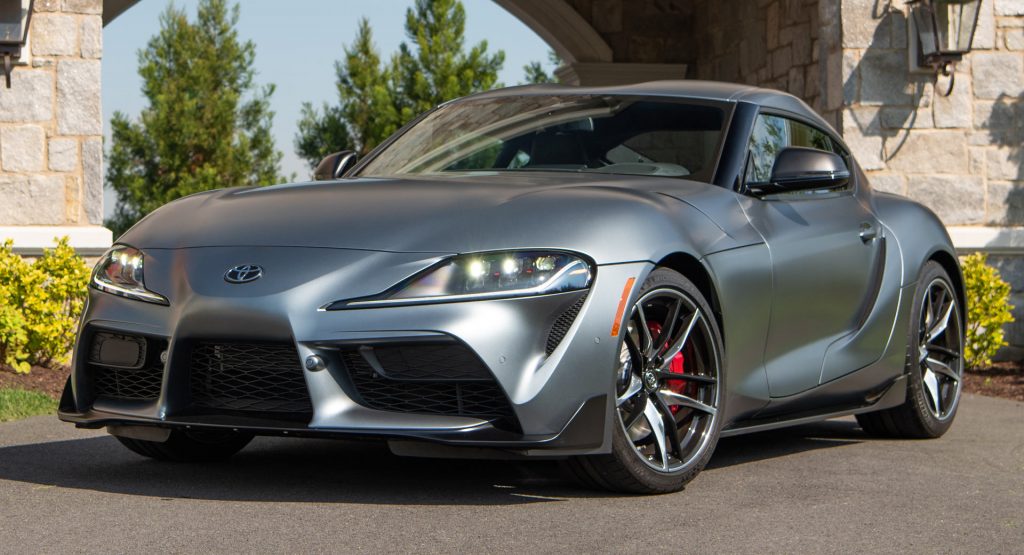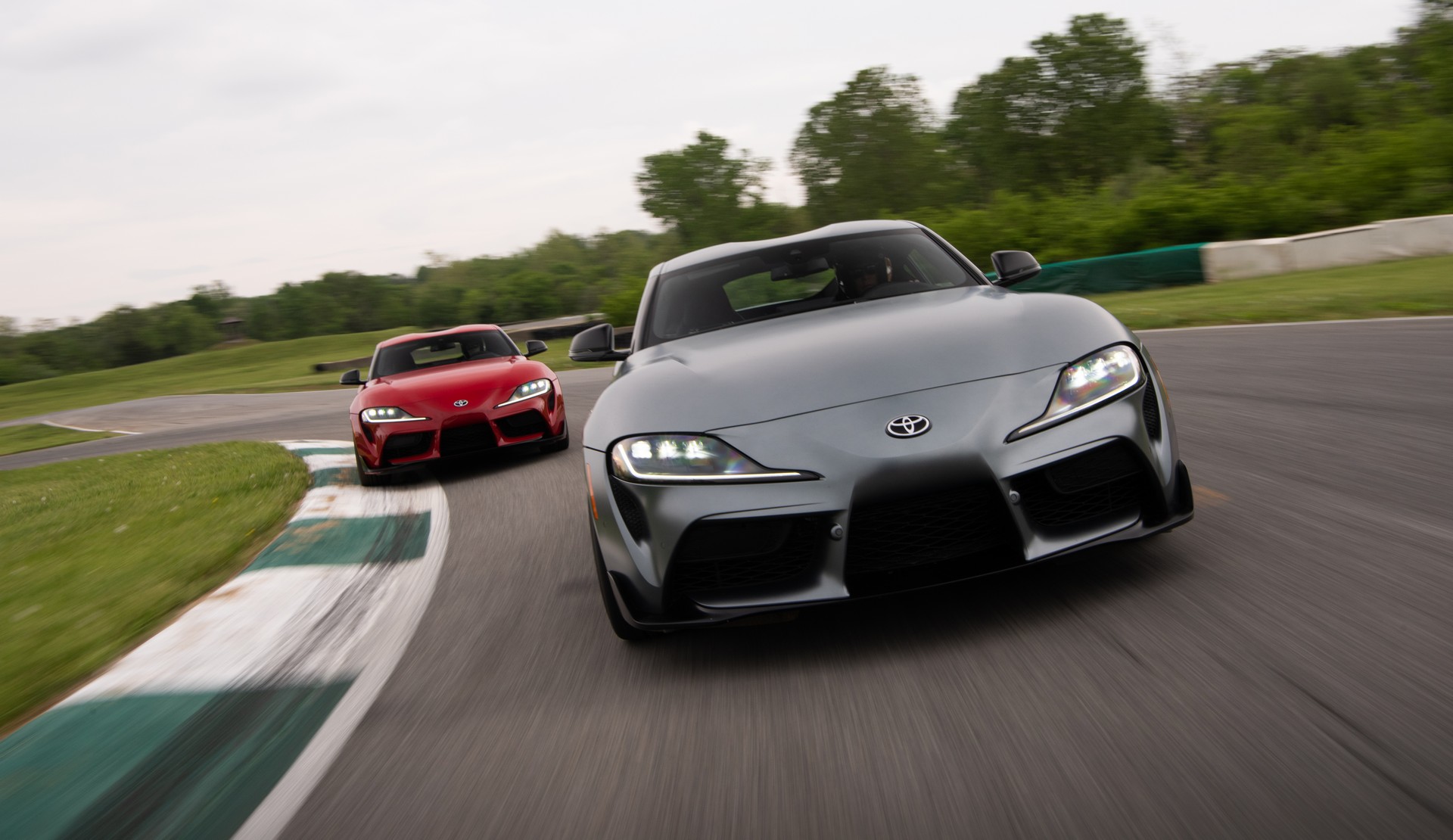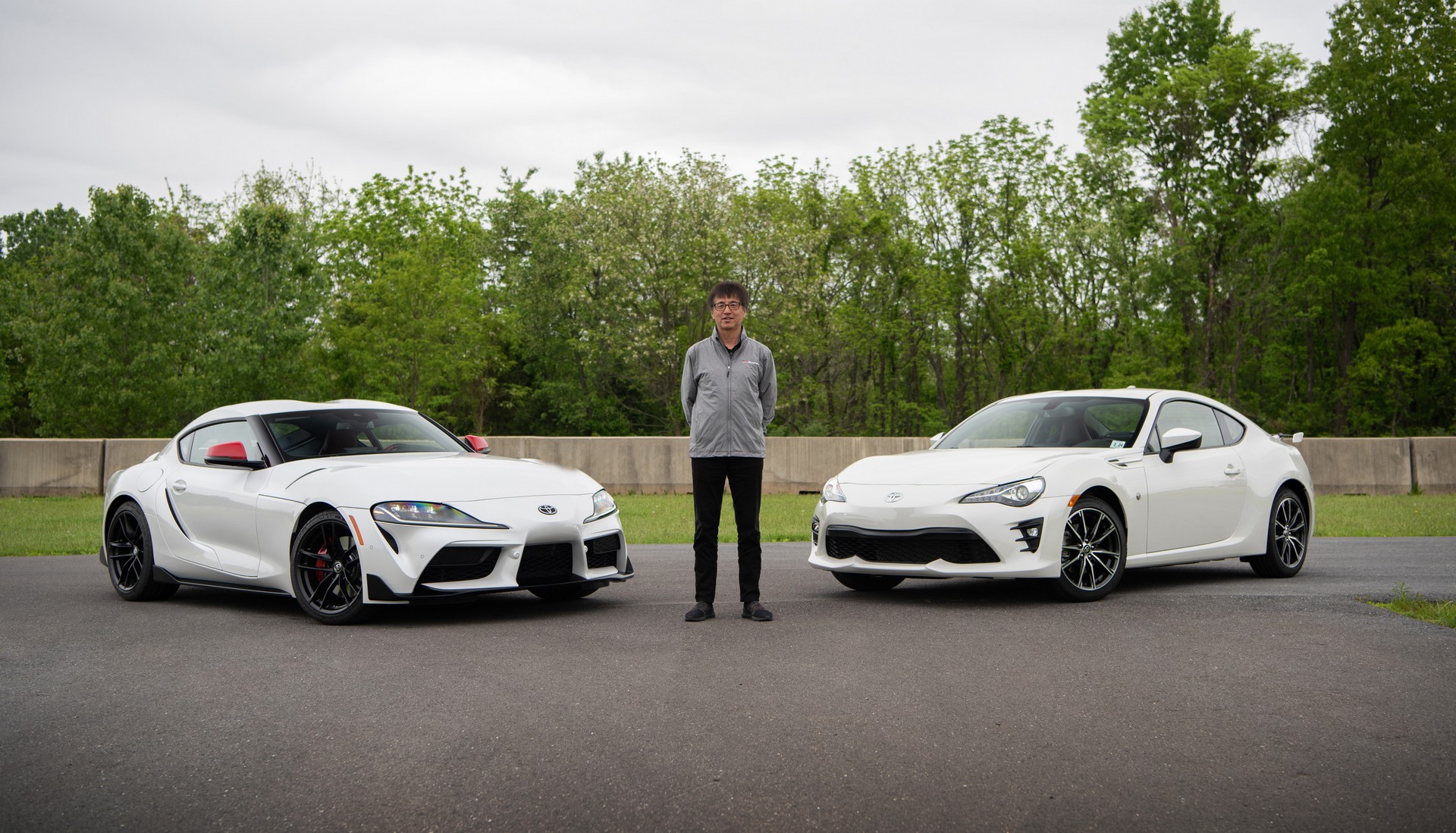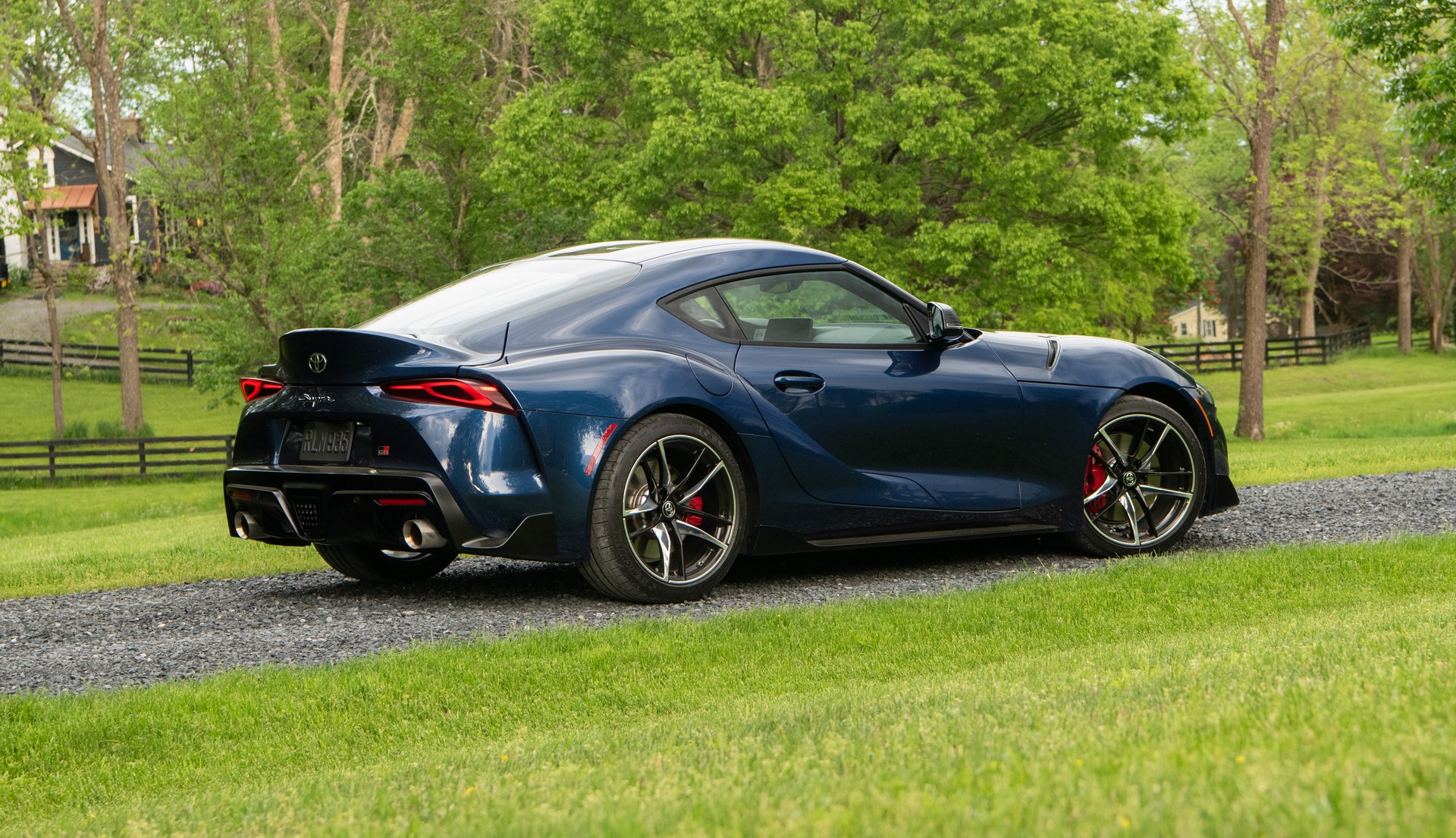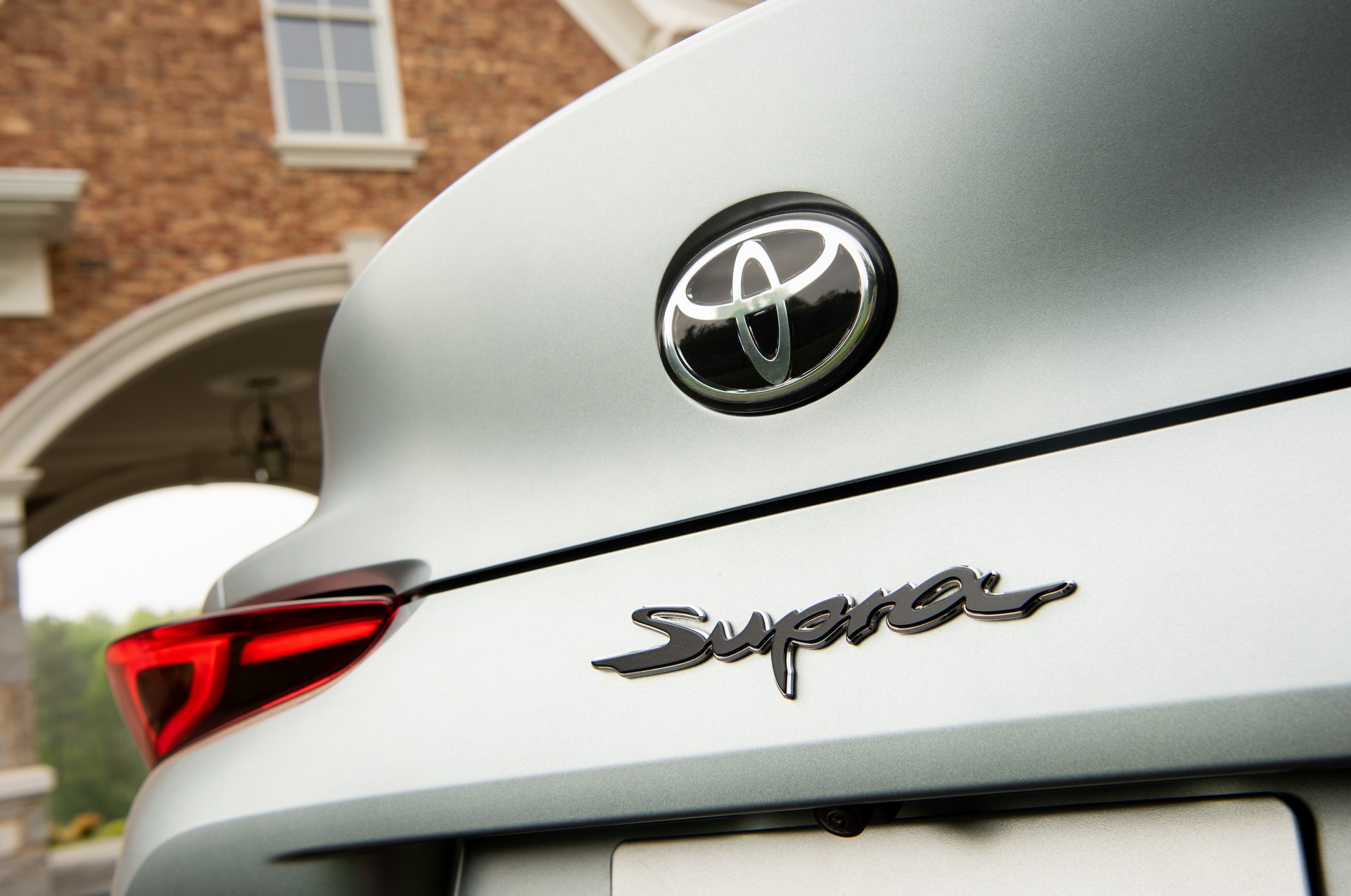The 2020 Toyota GR Supra impressed us during our test drive, but even so, everyone wants to know if it is a “real” Supra, in the vein of its predecessor.
That’s the million dollar question, and one that will likely be debated for years to come as the model was created in collaboration with BMW. While there’s two sides to this coin, cynics will quickly point to the sticker on the door which says the Supra was made by BMW.
Case closed, then? Well, it’s not that simple. According to Supra chief engineer Tatsuya Tada, Toyota wanted to build a sports car, but BMW originally tried to dissuade them. Following personal changes in Germany, the two companies decided to create Porsche Boxster and Cayman competitors.
Announced in 2012, the Memorandum of Understanding between the two companies called for the “joint development of architecture and components for a future sports vehicle.” At the time, Toyota President Akio Toyoda said “I believe BMW’s strength is in developing sports cars” and “I am excited to think of the cars that will result from this relationship.”
The companies kept details a closely guarded secret but, a year later, they announced plans to conduct a “feasibility study to define a joint platform concept for a mid-size sports vehicle.” This eventually led to the creation of a sports car mule, based on the 2-Series, called the “Full Runner.”
BMW and Toyota worked closely together at the beginning of the project as both companies had to agree on certain parameters such as dimensions, hardpoints and lots of other stuff. Afterwards, though, the two (supposedly) went their separate ways and Toyota says there was little communication between them as development progressed. As a result, Tada says he not entirely sure how much the Supra and Z4 have in common.
He did, however, give BMW credit for making the cars more different from each other than what they could have been. As he explained, the company’s original approach echoed that used on Subaru BRZ and Toyota 86. However, BMW told Toyota not to focus on using as many common parts as possible, but rather figure out what they want to build and then look to see what components can be shared. While Tada said he wasn’t entirely sure how much the cars have in common, he did suggest 90% of the parts are at least slightly different.
Besides the unique body panels, Toyota “identified nine areas of the vehicle’s rear structure to be reinforced to increase rigidity” during testing. As a result, the Supra is more rigged than the, already stunningly rigid Lexus LFA.
The Supra also has a uniquely tuned suspension, exhaust and stability control system. The cabin is also unique, even though it uses a number of BMW-sourced components.
Was the BMW partnership necessary?
The simple answer is probably no. Toyota is a billion dollar company and they could have thrown tons of money into developing the Supra themselves. Of course, just because you can do something doesn’t mean you should. In particular, a Toyota official suggested the Supra probably wouldn’t have happened without the partnership. That’s understandable, as the sports car segment is small, has low volumes and sales typically decline after a model has been on the market for a year or two.
To help counter these issues, the partnership was formed to lower development and engineering costs. Some fans might not be happy about this, but it’s nothing new.
While the 86 and BRZ are first example that springs to mind, Fiat and Mazda teamed up for the MX-5 and 124 Spider roadsters, while Mercedes has provided powertrains for the Aston Martin Vantage and Infiniti Q60.
Perhaps we should just judge a car on its own merit rather than where, or by whom, it was constructed. And the 2020 Supra has a premium ride, great handling and good performance, which means that it’s pretty much delivering on what a petrolhead is asking from a sports car.




